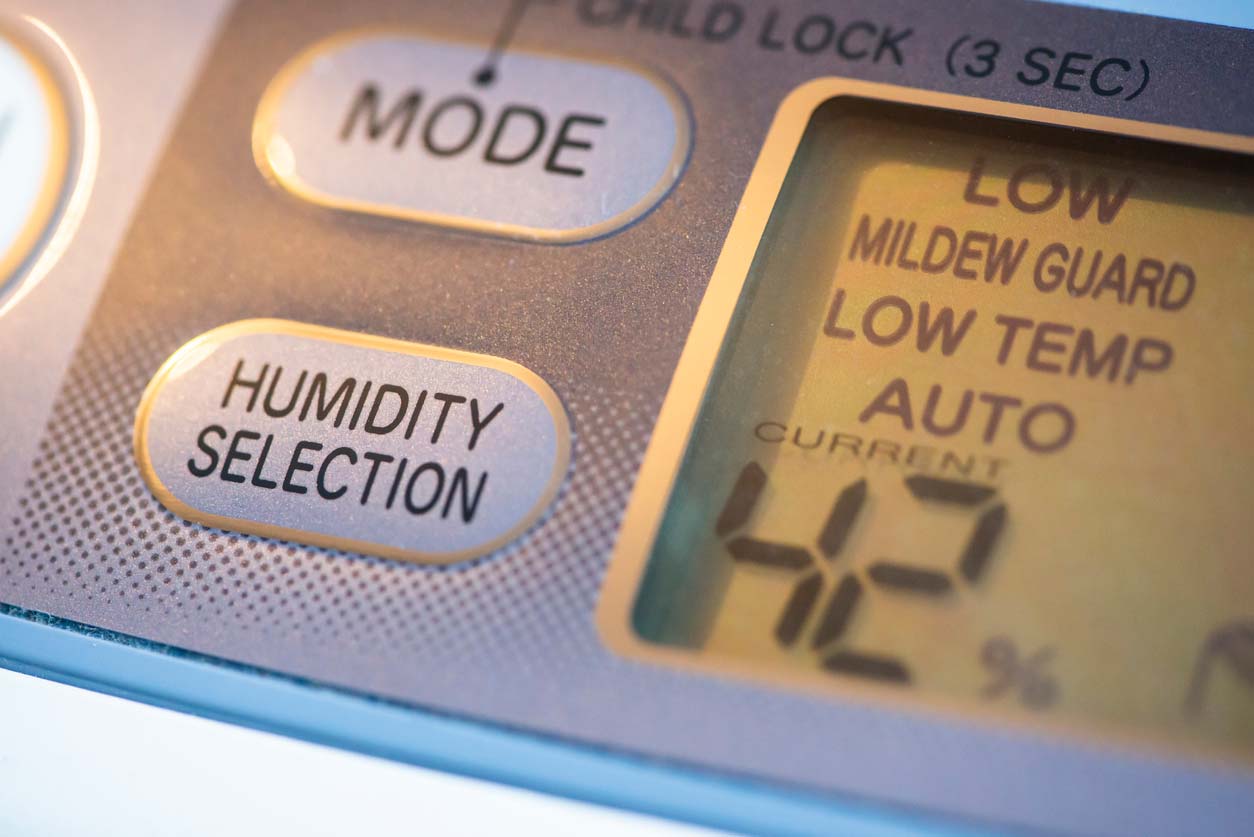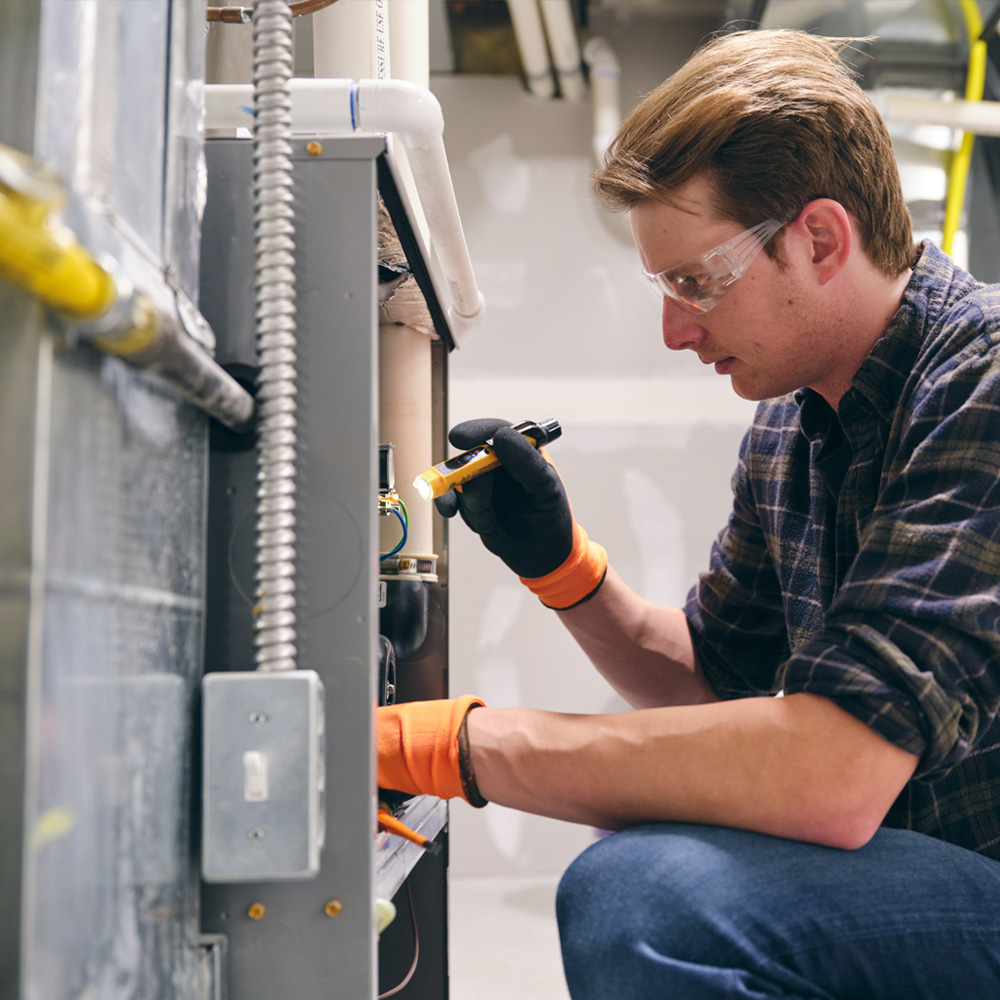Heating and air conditioning our homes is always on the top of our minds with the passing seasons. With summer around the corner, another factor that should be considered is the humidity level; something that can be just as crucial as the temperature when it comes to living comfortably. So, what is the level of humidity acceptable inside?
To answer that, we first need to understand what humidity is, how it changes over time, and how the varying levels can affect you.
What is humidity in our homes?
There are two kinds of humidity: Relative and Absolute. Absolute humidity is the measure of how much moisture mass is in the air in grams of moisture per cubic meter of air (g/m³). Relative humidity refers to what most people are familiar with. It is the measurement of how much moisture is in the air out of how moist the air could be. For example, if a meteorologist were to say that the level of humidity outside is 60%, that would mean that the air is 60% as moist as it could be. Air at a higher temperature is able to hold more water, while air at a lower temperature holds less water.
The reason why high humidity makes us feel so uncomfortable is because humans naturally expel the moisture from their bodies through the air in order to keep cool and maintain an ideal body temperature. When the air is already trapped in so much moisture, it won’t be able to absorb any more from us, which is why we feel so gross.
Level of humidity in our homes
In regards to the humidity in your household, it’s all relative and really comes down to preference. Research shows that the ideal level of humidity for a home is between 30%-50%. High humidity in homes can be caused by things such as showering, boiling water, and drying clothes inside. If it isn’t from the listed reasons, it can also be due to the home’s ventilation or insulation, which should be inspected if that is the case.
High humidity can cause the following:
- Anything higher than 50% would cause the growth and spread of mold, fungi, bacteria, and viruses.
- Allergy and asthma sufferers experience worsened or more frequent symptoms.
- Visible condensation on windows and walls.
- A harder time sleeping due to the body working harder in order to maintain an ideal temperature
Low Humidity can cause the following:
- Dry and itchy skin
- Vulnerability to infections
- Damage to wood and separation in hardwood floors. Homes can experience damage through cracking and shrinking as a reaction from building materials.
So, what is the level of humidity acceptable inside? Humidity levels change throughout the year vary depending on the climate of where you live and need to be handled accordingly. Here is a list to help dictate what humidity level your house should be in depending on what the temperature is like outside:
- For an outdoor temperature over 50˚F, indoor humidity levels shouldn’t exceed 50%
- With an outdoor temperature over 20˚F, indoor humidity levels shouldn’t exceed 40%
- Outdoor temperature between 10˚F and 20˚F, indoor humidity levels shouldn’t exceed 35%
- For an outdoor temperature between 0˚F and 10˚F, indoor humidity levels shouldn’t exceed 30%
- Outdoor temperature between -10˚F and 0˚F, indoor humidity levels shouldn’t exceed 25%
- With an outdoor temperature between -20˚F and -10˚F, indoor humidity levels shouldn’t exceed 20%
- Outdoor temperature at -20˚F or lower, indoor humidity levels shouldn’t exceed 15%
How to maintain ideal humidity levels in your home
In order to maintain ideal humidity levels, one way is to purchase a humidifier and a dehumidifier. Both systems will automatically work with the heating and cooling of your home in order to add or remove moisture that is in the air. Humidifiers are best during the colder months because of the air being so much drier. However, humidifiers need to be safely stored away once the temperatures start to rise again. Dehumidifiers are meant for the summer time, when the air begins to trap a lot of moisture.
If removing moisture is the only priority, A/C units do the job, since air can’t trap as much moisture in colder temperatures. To control humidity, exhaust fans are used to continuously circulate air in an indoor space, which prevents humidity from building up. A new piece of tech that would certainly help is a smart A/C controller. These thermostats automatically monitor the house and regulate itself to achieve the perfect humidity levels and temperatures. Plus, it can be synced to your phone or any other device with an app so that changes can be made with just a tap.



